Precodil | Syrup | 100 ml | 1 pcs
৳ 95.29
Brand Name: Precodil Oral Solution
Generic: Prednisolone
5 mg/5 ml
Manufacturer: Opsonin Pharma Ltd.
100 ml bottle: ৳ 95.29
Indications
Rheumatic Disorders: As adjunctive therapy for short-term administration in Psoriatic arthritis, Rheumatoid arthritis, Including juvenile rheumatoid arthritis, Ankylosing spondylitis, Acute and subacute bursitis, Acute nonspecific tenosynovitis, Acute gouty arthritis, Post-traumatic osteoarthritis, Synovitis of osteoarthritis, Epicondylitis.
Collagen Diseases: During an exacerbation or as maintenance therapy in selected cases of Systemic lupus erythematosus, Systemic-dermatomyositis (polymyositis), Acute rheumatic carditis.
Dermatologic Diseases: Pemphigus, Bullous dermatitis herpetiformis, Severe erythema multiforme (Stevens-Johnson syndrome), Exfoliative dermatitis, Mycosis fungoides, Severe psoriasis, Severe seborrheic dermatitis
Allergic States: Control of severe or incapacitating allergic conditions intractable to adequate trials of conventional treatmentSeasonal or perennial allergic rhinitis, Bronchial asthma, Contact dermatitis, Atopic dermatitis, Serum sickness, Drug hypersensitivity reactions.
Ophthalmic Diseases: Severe acute and chronic allergic and inflammatory processes involving the eye and its adnexa such as: Allergic cornea marginal ulcers, Herpes zoster ophthalmicus, Anterior segment inflammation, Diffuse posterior uveitis and choroiditis, Sympathetic ophthalmia, Allergic conjunctivitis, Keratitis, Chorioretinitis, Optic neuritis, Iritis and iridocyclitis.
Respiratory Diseases: Symptomatic sarcoidosis, Loeffler’s syndrome not manageable by other means, Berylliosis, Fulminating or disseminated pulmonary tuberculosis when used concurrently with appropriate antituberculous chemotherapy, Aspiration pneumonitis.
Hematologic Disorders: Idiopathic thrombocytopenic purpura in adults, Secondary thrombocytopenia in adults, Acquired (autoimmune) hemolytic anemia, Erythroblastopenia (RBC anemia), Congenital (erythroid) hypoplastic anemia.
Neoplastic Diseases: For palliative management of Leukemias and lymphomas in adults acute leukemia of childhood
Edematous States: To induce a diuresis or remission of proteinuria in the nephrotic syndrome, without uremia, of the idiopathic type or that due to lupus erythematosus.
Gastrointestinal Diseases: To tide the patient over a critical period of the disease in: Ulcerative colitis, Regional enteritis.
Nervous System: Acute exacerbations of multiple sclerosis.
Miscellaneous: Tuberculous meningitis with subarachnoid block or impending block when used concurrently with, appropriate antituberculous chemotherapy trichinosis with neurologic or myocardial involvement.
Therapeutic Class
Pharmacology
Dosage & Administration
The initial dose may vary from 5 mg to 60 mg per day depending on the specific disease. After a favorable response is noted, the proper maintenance dosage should be determined by decreasing the initial drug dosage in small decrements at appropriate time intervals until the lowest dosage which will maintain an adequate clinical response is reached. Constant monitoring is needed in regard to drug dosage. If after long-term therapy the drug is to be stopped, it is recommended that it should be withdrawn gradually rather than abruptly.
Multiple Sclerosis: In the treatment of acute exacerbations of multiple sclerosis daily doses of 200 mg of prednisolone for a week followed by 80 mg every other day for 1 month have been shown to be effective.
Interaction
Contraindications
Side Effects
Musculoskeletal: Muscle weakness, Steroid myopathy, Loss of muscle mass, Osteoporosis, Tendon rupture, particularly of the Achilles tendon, Vertebral compression fractures, Aseptic necrosis of femoral and humeral heads, Pathologic fracture of long bones.
Gastrointestinal: Peptic ulcer with possible perforation and hemorrhage, Pancreatitis, Abdominal distention, Ulcerative esophagitis, Increases in alanine transaminase (ALT, SGPT), aspartate transaminase (AST, SGOT) and alkaline phosphatase have been observed following corticosteroid treatment. These changes are usually small, not associated with any clinical syndrome and are reversible upon discontinuation.
Dermatologic: Impaired wound healing, Thin fragile skin, Petechiae and ecchymoses, Facial erythema, Increased sweating, May suppress reactions to skin tests. Metabolic: Negative nitrogen balance due to protein catabolism.
Neurological: Increased intracranial pressure with papilledema, (pseudo-tumor cerebri) usually after treatment, Convulsions Vertigo, Headache.
Endocrine: Menstrual irregularities, Development of Cushingoid state, Secondary adrenocortical and pituitary unresponsiveness, particularly in times of stress, as in trauma, surgery or illness, Suppression of growth in children, Decreased carbohydrate tolerance, Manifestations of latent diabetes mellitus, Increased requirements for insulin or oral hypoglycemic agentsin diabetics. Ophthalmic: Posterior subcapsular cataracts, Increased intraocular pressure, Glaucoma, Exophthalmos. Additional Reactions: Urticaria and other allergic, anaphylactic or hypersensitivity reactions.
Pregnancy & Lactation
Precautions & Warnings
Overdose Effects
Storage Conditions
| Generic Name | Prednisolone |
|---|---|
| bottle | 100 ml |
Only logged in customers who have purchased this product may leave a review.



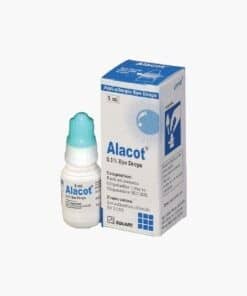
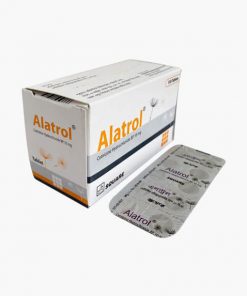
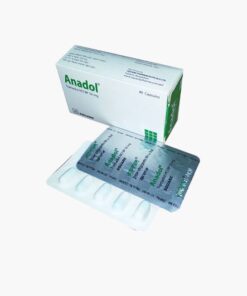
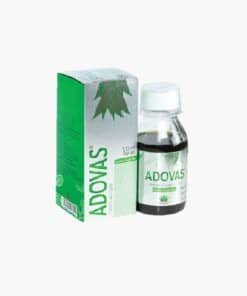
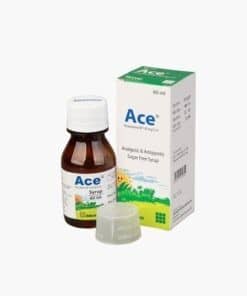
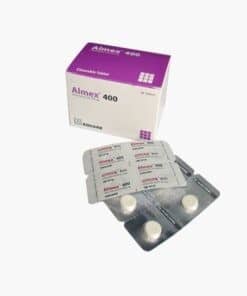
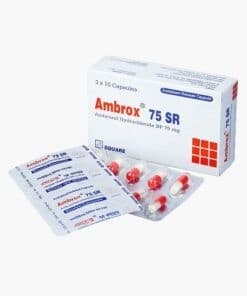
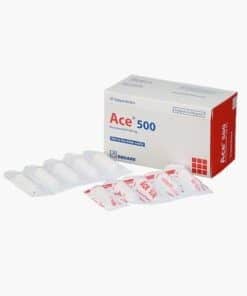
Reviews
There are no reviews yet.